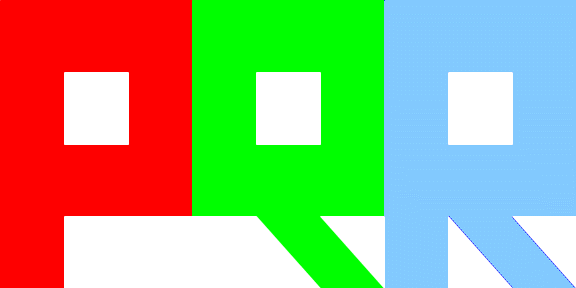

SEARCHING FOR THE ULTIMATE ANSWER...
PQR THEORY
WHAT IS INFORMATION?
What is meant by information? The question is simple to state but subtle. The term refers to various overlapping concepts, and there is no consensus on its precise meaning. For example, if I tell you something you don’t know, that would be information. But if I tell you the same thing twice, have I given you any more information than by saying it just once? And if I then tell you something to the contrary, what does that do to the information you already have?
So to make things clear, we should note that information is not the same thing as meaning. Meaning relates to how we might use a piece of information. A string of random digits by itself contains information but has no meaning. But if you also know that these digits represent the combination to a safe, that information becomes meaningful.
Fortunately, we are not concerned with meaning here, just with information as an abstract concept. Now you might well ask, “can information exist in the abstract?” This is another deep philosophical question. The hundredth digit of pi has always existed as a concept, but before anyone calculated it, was it information? I would argue that, in order for information to exist, it must be encoded into some physical medium, such as sound waves in air (which only exist for a short time), or ink marks on paper (which last a lot longer).
This approach implies that information can be copied, created and destroyed. (Our memories are one form of information, but they die with us.) Of course we must take care to distinguish between the physical medium on the one hand, and the information that it encodes on the other. The information is not the paper, or the ink marks, or even the pattern that they form, but rather the underlying message that is encoded. For example, words are a widely used form of information. A word can be spoken as a series of sounds, or written as a series of symbols, but it is the same word in whatever medium it is encoded. (But beware: language is an imprecise tool. For example, the four-letter sequence “lead” can represent several different words, including one that signifies “to go in advance of; to direct,” and another that signifies “a heavy metallic element.” The spoken forms of these two words are different, but in speech the sound that represents the second one also represents the past tense of the first. To add to the confusion, each word has a range of meanings that we are not concerned with here.)
Apart from words, many other forms of information are in common daily use. These include numbers, symbols and music, as well as the information contained in pictures and video. So to get a general definition of information, we can be pragmatic and say, “Information is something you can store in a computer.” (Of course, so is a microchip, but let’s not be pedantic about this.) And we can measure any piece of information in terms of the amount of computer memory it occupies (although this is not an absolute measure, since it depends on how we encoded the information when putting it into the computer).
Computers store information as a series of 0s and 1s known as binary digits or bits. Each piece of information, whether it be a word, a picture, or a movie, is stored as a string of these bits. The longer the string, the more information it contains: a 64-bit string contains exactly twice as much information as a 32-bit string. But every type of information is stored in the same form: a string of bits. (These strings often also include extra “control information” that tells the computer how to decode the data into the appropriate form when it is retrieved from memory.) So now, in the abstract, we can conceive of information as something that can be represented by a string of zeros and ones. The zeroes and ones are the “bits” of information. This is raw information in its purest form.
Fun stuff: we can put a 1 in front of the string (so that it does not begin with zero) and we now have a binary integer (although potentially a very large one if the string is long). For example in the coding system ITA2, the word “dog” would be represented by the string 010011100011010. Put a 1 in front of this string and we get the string 1010011100011010, which is the binary form of the decimal number 42778. Likewise “cat” becomes 47216. We now have a way in which numbers can represent abstract concepts (although most numbers won’t have any meaning in this system), or in which any piece of information can be represented by a single natural number. Pythagoras, I am sure, would have approved.
Nick Mitchell, January 2009